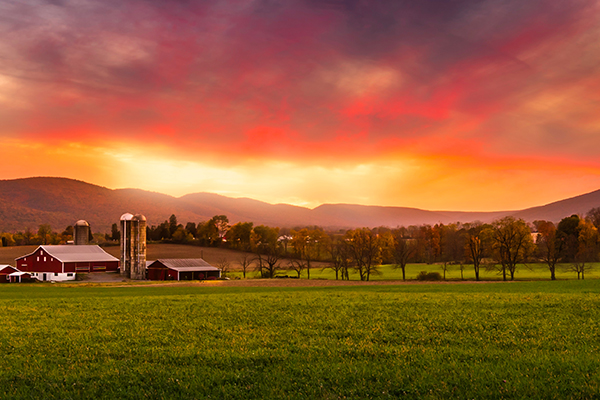Between record-high fertilizer costs, increased fuel prices and overall higher inputs, 2021 price trends are expected to continue in 2022. Conterra Ag Capital experts encourage producers to consider lower fixed-rate loans now before rates increase.
“There’s no way around it, inflation is going to be a big issue in 2022,” says Conterra Vice President Relationship Manager Jim Davis. “With interest rates as low as they are, consider locking in longer term, fixed-rate loans today as rates will likely go up.”
Caution, not boldness in 2022
The past two to three years have seen some of the lowest interest-rate environments ever seen and it is unlikely those rates will continue. However, taking the time to understand what you’re signing up for is critical for success down the road.
“Looking at the new year, it’s a better time to be cautious than it is to be bold,” says Davis, who believes not all financing packages are created equal. He advises producers to make sure loan packages are structured for their needs and fit what the operation is trying to accomplish. Understanding loan terms and conditions as well as prepayment restrictions will create a favorable position for producers.
In addition to low interest rates, producers enter 2022 with continued supply chain challenges and drought concerns.
Supply chain, drought concerns continue
“Any producer who grows for export has been impacted by the shipping backlogs out of U.S. ports” says Davis.
The delay presents issues across the entire operation because it impacts a producer’s ability to pay existing loans when receipt of their income may have been slowed. Davis says it can take a while to uncover where in the operation challenges in terms of payment stem from. For producers currently struggling with this, consulting an ag lender can provide opportunities for additional working capital while backlogs continue.
“Also in the 2021 rearview are the water challenges across much of the West, especially for producers who rely on irrigation.”
Davis — located in Meridian, Idaho — works with producers across the Pacific Northwest and California. He says water scarcity left brows furrowed in 2021. Perhaps the largest impact on production in the West, drought lowered yields, made crops more susceptible to diseases and pests, and left livestock producers with the tough decision to reduce numbers. Ramifications of this growing season will be felt well into the new year, particularly if the dryness continues.
As the U.S. drought monitor reports nearly 55% of the country is in a drought and has been for the majority of 2021, all eyes are on the forecast moving in to 2022.
“Weather patterns are starting to change a bit, relative to moisture we’re receiving in the West,” says Davis. “We’re hopeful these weather patterns will hold and the rest of the winter will bring heavy snowpack to the mountains in this region.”
The changing weather patterns are due to La Niña, which brings wetter winter conditions to the Northern and Northwestern half of the country. This bodes well for producers in the West who rely on stored water and reservoirs that are delivered via canal systems. The impacts of a drought are felt longer when that underground water isn’t replenished.
Opportunity ahead
While high inputs, uncertain markets and shipping backlogs are on the menu for 2022, Davis says opportunities await for those who plan ahead.
“Successful operations make the best of uncertain times,” he says. While inputs and land values are high, Davis says producers can protect themselves with lower interest rates in ways they haven’t been able to before.
“There’s opportunity ahead even while moving through waters that can go against you pretty easily,” says Davis. “Taking advantage of the right timing, rates and markets can help make 2022 a profitable year.”





